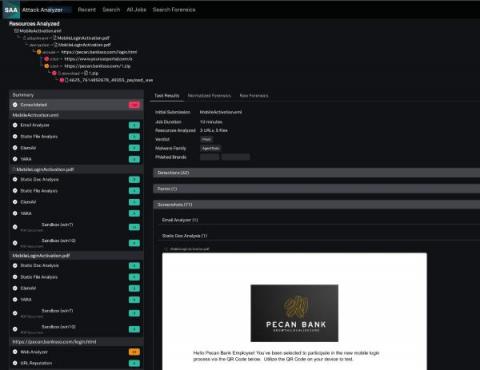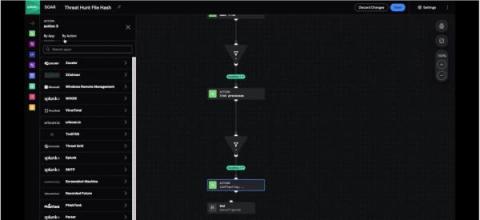Greater Detection Accuracy and Faster Time-to-Value with Splunk IT Service Intelligence 4.17
We’re all juggling more complexity than ever before. Chances are you’re being pulled in multiple directions, working across teams and dealing with more tools than you’d like to. We know you want to keep everything running smoothly and don’t want to focus your time on setting things up, especially when you’re probably dealing with other fires.











